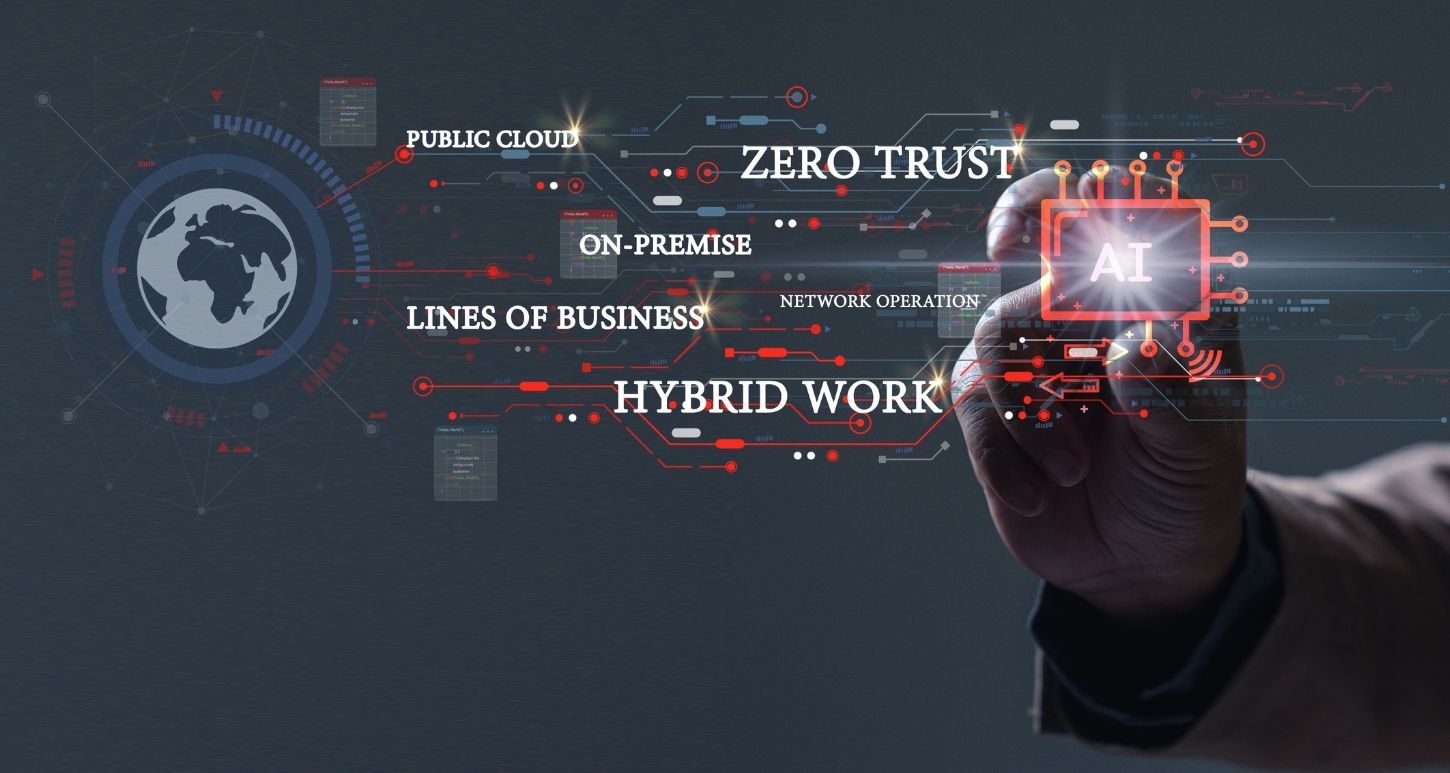While a traditional firewall typically provides stateful inspection of incoming and outgoing network traffic, a next-generation firewall (NGFW) also blocks threats such as advanced malware and application-layer attacks. Gartner defines a NGFW as a system that includes standard firewall capabilities, integrated intrusion prevention, application awareness and control, threat intelligence sources, upgrade paths to include future information feeds, and techniques to address evolving security threats.
The ever-evolving complexity of IT tools and security needs means that security devices and software must adapt as well. NGFWs provide several key valued benefits, including multi-layered protection; optimal use of network speed; antivirus, ransomware, and spam protection and endpoint security; application-level security functions, such as IDS and IPS; capability to implement role-based access; single console access; and simplified infrastructure. Here’s what to look for in evaluating NGFW providers:
- Breach prevention and advanced security
- Comprehensive network visibility
- Flexible management and deployment options
- Fastest time to detection
- Automation and product integrations
Cisco is a leader in driving consolidation, feature-rich devices, and improved performance with manageability leveraging NGFWs. Cisco is building a security platform that enables a more agile and integrated approach for harmonizing policies and enforcement across increasingly heterogenous networks. The latest generation of Cisco Firepower NGFWs give you the deepest set of integrations between core networking functions and network security, delivering the most secure architecture ever. The result is a complete security portfolio that protects your applications and users everywhere. GDT drives client value by sharing our experiences and best practices derived from thousands of implementations, upgrades and re-engineering efforts focused on improving security at all levels (the edge, end points, LAN infrastructure, operating systems, security tools, regulatory compliance enablement and practices, security governance, etc.). GDT’s teams of experts can help you identify the ways these solutions can best help you reach your business goals.




